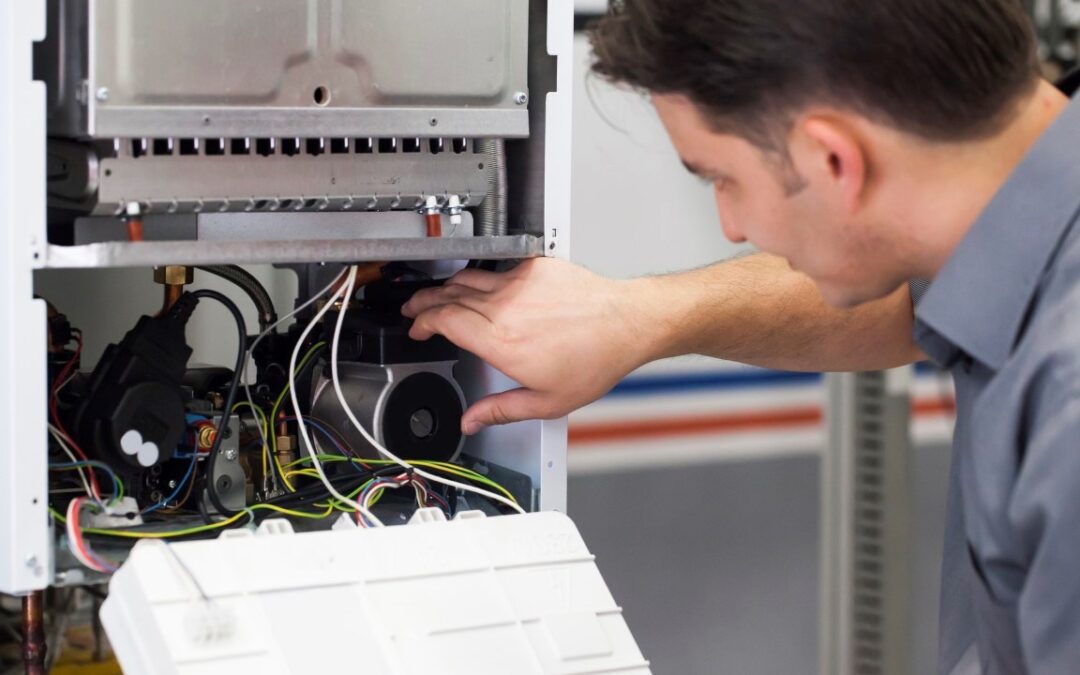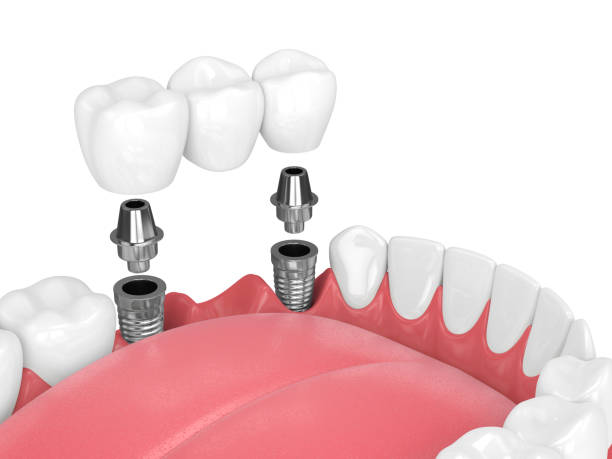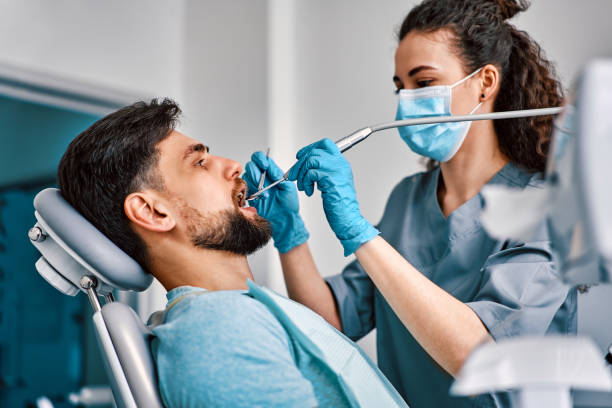In recent years, innovative methods in regenerative medicine have transformed the landscape of aesthetic and therapeutic procedures. One such advancement is G Cell treatment, an emerging solution that leverages the body’s own regenerative capabilities to heal, rejuvenate, and restore tissues. This procedure is rapidly gaining attention from those looking for natural, minimally invasive alternatives to traditional cosmetic surgeries.
In the middle of its popularity surge, many are curious about what exactly G Cell treatment entails and why it’s becoming a go-to therapy for a range of skin and health concerns. In this article, we explore everything you need to know about this powerful regenerative technique.
In the second paragraph, it’s essential to understand how G Cell treatment علاج الخلايا الجانية works. This treatment utilizes growth factors and regenerative cells derived from the patient’s own body to stimulate healing and tissue regeneration. These cells can be collected from fat, bone marrow, or blood and then processed to extract a concentrated solution rich in cellular elements. Once reintroduced into the targeted area—be it the face, scalp, or joints—these cells begin to repair and rebuild, enhancing both appearance and functionality.
How G Cell Treatment Works
The foundation of G Cell treatment lies in regenerative medicine. The process typically begins with the extraction of autologous cells (cells from the same individual) through a minimally invasive method such as liposuction or a blood draw. The collected tissue is then processed in a sterile environment to isolate regenerative components—usually stem cells, growth factors, and platelets.
After preparation, the concentrated solution is injected into the target area using fine needles or microcannulas. Whether used for facial rejuvenation, hair regrowth, or healing damaged tissues, the introduction of these active biological agents triggers cellular repair, collagen production, and improved blood flow.
Key Applications of G Cell Therapy
G Cell treatment is widely adaptable and is used across several medical and cosmetic domains. Some of its most popular applications include:
-
Facial Rejuvenation: Reduces wrinkles, improves skin texture, and restores volume.
-
Hair Restoration: Stimulates dormant hair follicles to encourage natural hair growth.
-
Scar Treatment: Enhances healing of acne scars, surgical scars, and stretch marks.
-
Joint Pain Relief: Used in orthopedics to aid in the repair of cartilage and relieve inflammation.
-
Wound Healing: Accelerates recovery of chronic or post-surgical wounds.
Advantages Over Traditional Procedures
Unlike invasive surgeries or treatments involving synthetic fillers and medications, G Cell therapy relies on the body’s own regenerative capabilities. This makes the treatment highly biocompatible and reduces the risk of allergic reactions or complications. Other key advantages include:
-
Minimal downtime
-
Natural-looking results
-
No risk of rejection
-
Short recovery period
-
Versatile applications for various age groups and skin types
What to Expect During and After Treatment
A typical G Cell treatment session lasts between 45 to 90 minutes depending on the area being treated. Most patients experience only mild discomfort, thanks to local anesthesia and fine injection techniques. After the procedure, mild swelling or redness may occur but usually resolves within a few days.
Results vary depending on the application. For facial treatments, many notice improved skin tone and texture within a few weeks. Hair regrowth or tissue repair may take a few months to become fully visible, as the cells gradually enhance regeneration at the cellular level.
Is G Cell Treatment Right for You?
G Cell treatment is ideal for individuals looking for natural and effective solutions to address aging, hair loss, scars, or chronic joint issues without resorting to surgery. However, it is not recommended for patients with blood disorders, active infections, or autoimmune conditions unless medically cleared by a specialist.
Consulting with a qualified medical professional is key. They can assess your health status and customize the G Cell procedure to best meet your specific needs.
Frequently Asked Questions
Q: Is the procedure painful?
A: Most patients report minimal discomfort. Local anesthesia is often used during extraction and injection.
Q: How many sessions are required?
A: Depending on the condition and severity, some may need one session, while others may benefit from a series of treatments.
Q: How long do the results last?
A: While results are long-lasting, maintenance sessions may be recommended annually for optimal results.
Q: Can G Cell treatment be combined with other treatments?
A: Yes. It often complements procedures like microneedling, laser therapy, or PRP for enhanced results.
Conclusion
G Cell treatment represents a powerful shift toward more natural and effective therapies in both aesthetics and regenerative medicine. By harnessing the body’s own repair mechanisms, this treatment offers safe, personalized, and impactful results across a wide range of concerns.








0 Comments